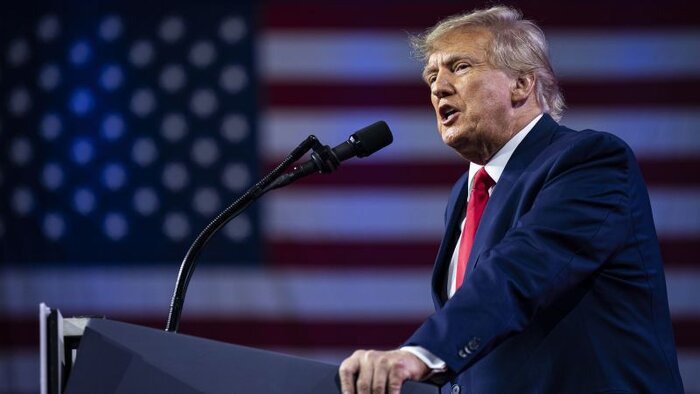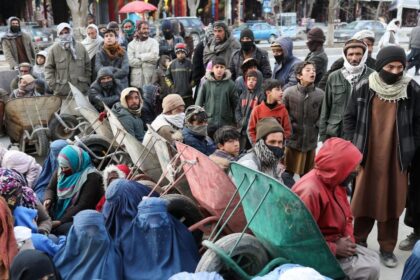RASC News Agency: In August 2021, the United States completed its withdrawal from Afghanistan, effectively leaving the country under Taliban control. Three years on, despite the lack of international recognition for the Taliban government, the U.S. remains Afghanistan’s largest donor. The United Nations has reported that this financial support alongside sanctions relief from Washington has been “vital” to averting a full-scale economic collapse in Afghanistan.
The Special Inspector General for Afghanistan Reconstruction (SIGAR), tasked by the U.S. Congress with monitoring American funds in Afghanistan, disclosed in a July report that since the U.S. exit, approximately $20 billion has been allocated or made accessible to Afghanistan. Among these funds, around $3 billion has been directed toward the United Nations’ humanitarian initiatives, providing millions of dollars in weekly cash transfers to Afghanistan. This funding has been a critical factor in sustaining Afghanistan’s fragile economy.
Should Trump return to the presidency, he is anticipated to enforce stricter oversight on U.S. funds flowing into Afghanistan, potentially halting aid if the Taliban does not meet specific U.S. and international conditions. While Trump’s precise demands for the Taliban remain undefined, some analysts believe his approach will likely diverge from the broader Western calls for the Taliban to recognize women’s rights, uphold human rights, form an inclusive government, and protect ethnic and religious minorities.
Preliminary insights into Trump’s foreign policy outlook, especially toward the Taliban regime, indicate that, based on statements from Trump and his vice-presidential candidate, J.D. Vance, his Afghanistan strategy could center on the following points:
1. Ceasing U.S. Weekly Aid to Afghanistan– An immediate suspension of financial assistance, which has been pivotal in stabilizing Afghanistan’s economy.
2. Targeted Military Strikes to Neutralize U.S. Weapons in Taliban Possession– This strategy may involve precise operations to destroy American weaponry left behind, which now bolsters Taliban forces.
3. Securing the Release of American Hostages Held by the Taliban– This could involve decisive military measures, including targeted strikes, to ensure the safe return of U.S. nationals currently detained in Afghanistan.
4. Reinforcing the Taliban’s Global Political Isolation– A concerted effort to keep the Taliban regime cut off from international political and economic engagement.
In essence, Trump’s prospective policy toward Afghanistan appears geared toward leveraging U.S. economic, diplomatic, and military power to exert pressure on the Taliban, safeguarding American interests while isolating the regime.






